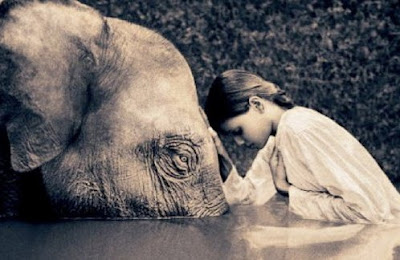 The American-born author was fascinated by all things English, and there is arguably nothing quite so English as afternoon tea.
The American-born author was fascinated by all things English, and there is arguably nothing quite so English as afternoon tea.Tea Gardens were popular in London in the early nineteenth century, and the grandest offered illuminated groves, flower walks, balloon rides, theatricals, musicals and even fireworks as the afternoon faded into evening.
These gardens celebrated the growing popularity of tea, which first reached England during the time of Oliver Cromwell. It was initially promoted as a medicinal drink, which didn’t help sales. It took the Merry Monarch, Charles II, to make tea drinking a pleasurable passion after his Portuguese bride arrived in London with a large chest of tea as part of her dowry. It quickly became the fashion at court, taken green in bowls, and, then as now, what was all the rage with the royals became wildly popular throughout the nation.
"It wasn’t, however, until 1840 that having a cup of tea became a full-blown ceremony involving cakes and treats, prompted by ‘that sinking feeling’ so often experienced by so many in the middle of the afternoon, when lunch was long ago and dinner is still distant.
When this afflicted Anna, the 7th Duchess of Bedford, all those years ago, she broke with convention and asked her staff to bring not just tea to her boudoir, but some bread, butter and cake with it. Understandably, this became a hard habit to break, so she introduced it to her society friends, and before long her idea became an institution.
And so it remains to this day. It may not involve all the items considered correct for an Edwardian afternoon tea – bread and butter, five kinds of sandwich, oyster vol au vents, chicken cutlets, two creams, four jellies, an ice, and a claret cup – but formal afternoon tea is still a lavish treat, and much Edwardian etiquette remains. Tea should still be served from a silver pot, cucumber sandwiches must be thin to the point of transparency, no crusts are allowed, and the sandwiches must always be eaten first, scones second. "
"Many of London’s finest establishments observe proper protocol and serve afternoon tea in the traditional manner, and there are no signs of its popularity waning. The Ritz advises booking 12 weeks ahead, and offers perhaps the best sense of Edwardian London, serving 17 types of tea, delicate sandwiches and delectable cakes in the ornate surroundings of The Palm Court. Moments away, the Wolseley may be best known as a grand café-restaurant in the European tradition, but its afternoon tea, with home-made jam and clotted cream, is quite English..
This Englishness defines afternoon tea, wherever it’s taken – an historic hotel, a café, a drawing room, a terrace or green lawn under a shady tree. It is such a quintessential part of life in England that when Rupert Brooke was suffering from homesickness while in Berlin, he could not help but wonder, in the now famous words:
Stands the church clock at ten to three?
And is there honey still for tea?













































